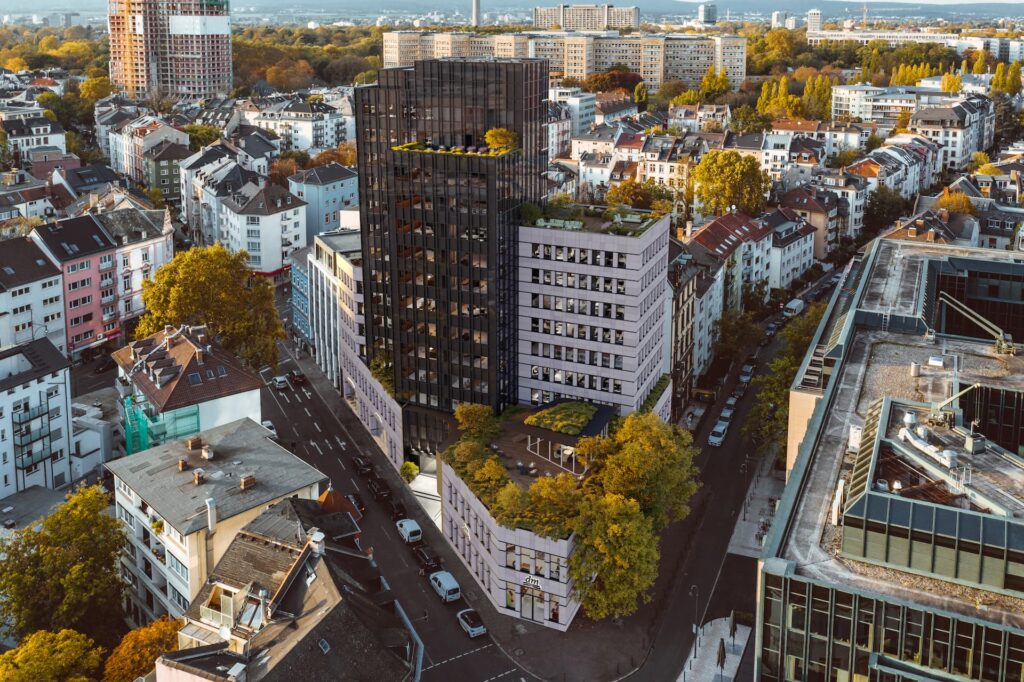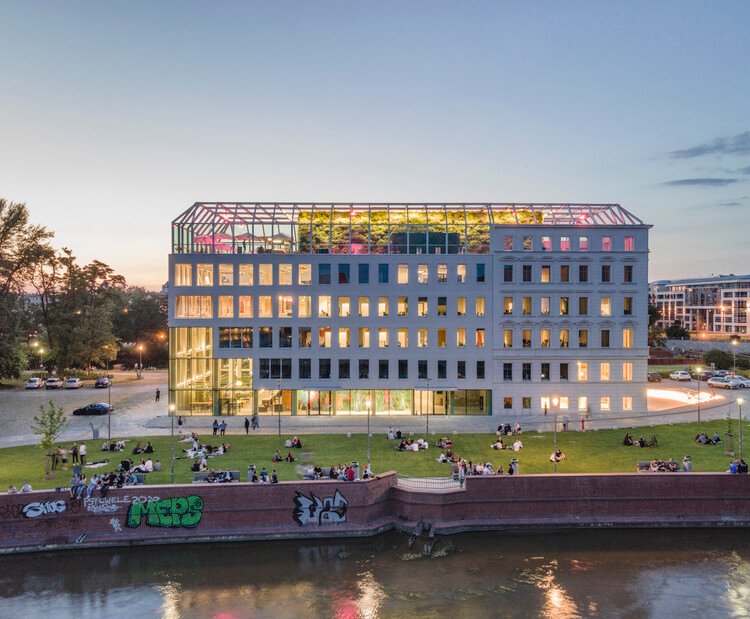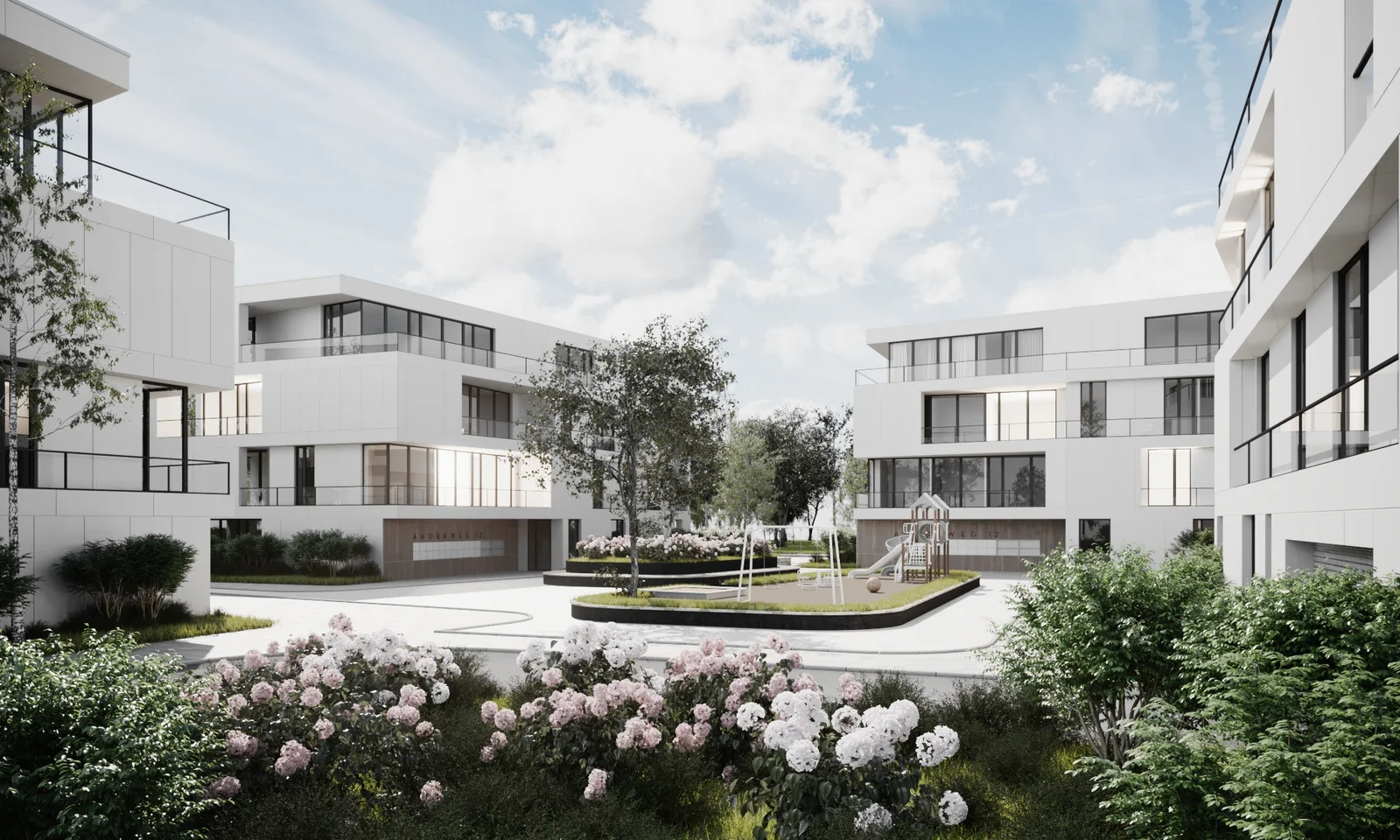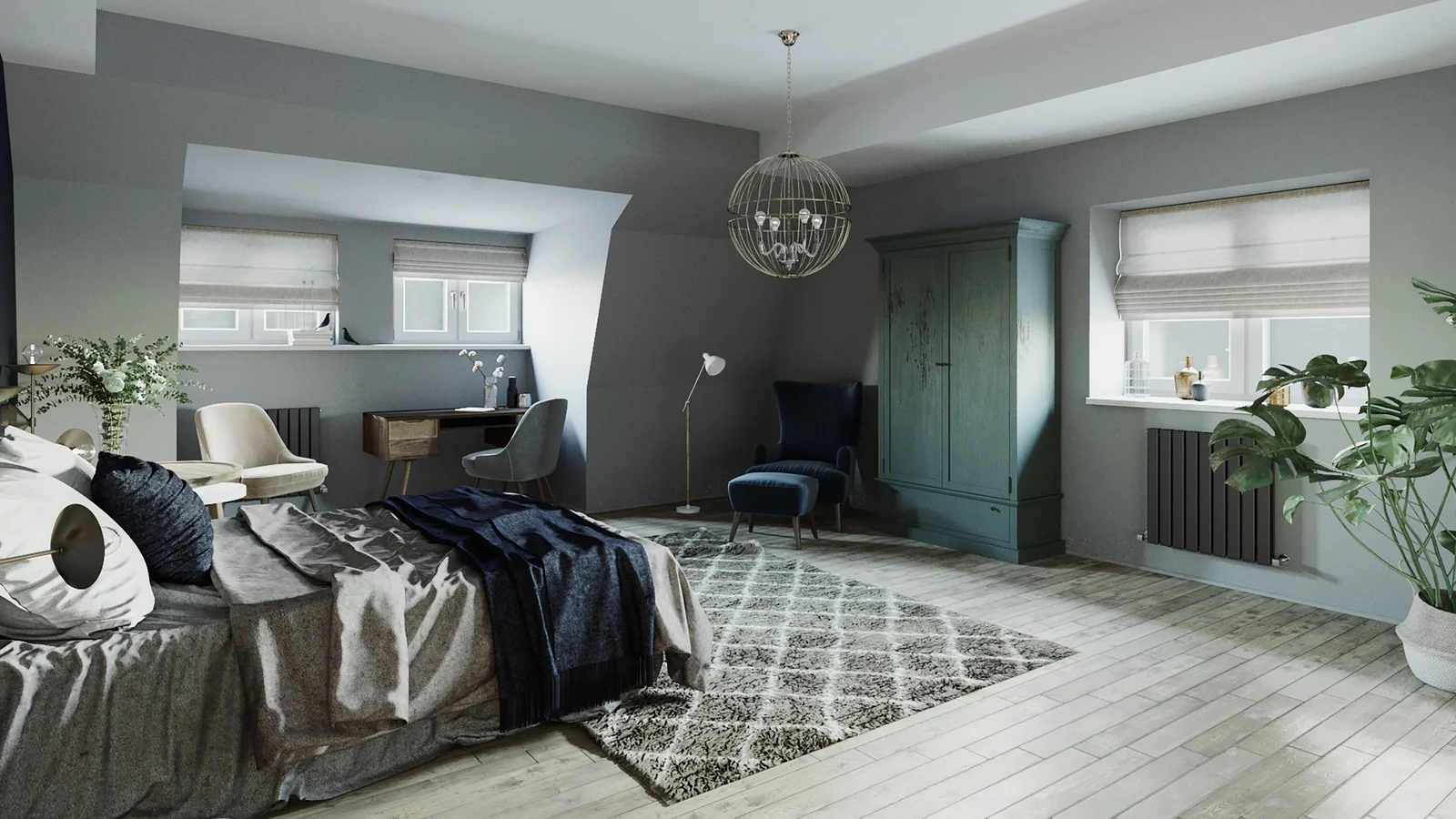Haptic Feedback in VR for Material Selection in Architecture
The field of architecture has experienced a revolution with the advent of virtual reality (VR). This immersive technology has transformed how architects present and visualize their designs. One of the most exciting advancements is the use of haptic feedback, which enriches the VR experience through tactile sensations, allowing users to ‘touch’ and ‘feel’ virtual materials. This blog post will delve into the concept of haptic feedback in VR for material selection in architecture, its benefits, and its future implications.
Understanding Haptic Feedback in VR
Haptic feedback in VR refers to the use of technology to stimulate the sense of touch by applying forces, vibrations, or motions to the user. This sensory feedback is used to create an immersive virtual reality experience by mimicking the tactile response you would feel in a real-world interaction.
How Does Haptic Feedback Work?
Haptic technology works by using various mechanical actuators and sensors to generate a tactile response. In VR, this can be achieved through gloves or suits fitted with this technology. When you reach out to ‘touch’ something, the device will provide a corresponding physical response, making you feel as though you’re genuinely interacting with the object.
Types of Haptic Feedback in VR
There are several types of haptic feedback used in VR, each offering a different level of immersive experience. The most common type is vibrational haptic feedback, where the device vibrates to give the sensation of touch. Another type is force feedback, which is often used in VR controllers to simulate the feeling of holding or pushing against an object. Lastly, there’s tactile feedback, which aims to recreate the texture of surfaces in the virtual world.
Importance of Haptic Feedback in Material Selection in Architecture
Haptic feedback has the potential to revolutionize the way architects select materials for their designs. With the ability to ‘feel’ materials in a virtual environment, architects can make more informed decisions about their material choices, improving the overall design process.
Enhanced Visual Representation
With haptic feedback in VR, architects can not only see their designs but also feel the materials they plan to use. This adds an extra layer of realism to their virtual models, allowing them to make better material selections based on both visual and tactile feedback.
Better Client Communication
Using haptic feedback in VR presentations can help architects communicate their vision more effectively to clients. Clients can ‘touch’ and ‘feel’ the materials, providing a more comprehensive understanding of the design and increasing their confidence in the architect’s choices.
## H2: The Role of Haptic Feedback in VR for Material Selection in Architecture
Enhancing Realism and Accuracy in Material Selection
Haptic feedback in VR for material selection in architecture is a game-changing technology that delivers a more realistic and immersive experience. It allows architects to virtually touch and feel the texture, weight, and form of various materials, enhancing the accuracy of their selection process. This is particularly crucial in architecture, where the tactile properties of materials significantly influence the aesthetic and functional qualities of a structure.
For instance, the difference between wood, metal, or concrete is not just in their visual appearance. Each material has a unique feel, temperature, and weight. Haptic feedback can simulate these characteristics in a virtual environment. This technology can help architects make informed decisions, leading to designs that are not only visually appealing but also tactilely engaging.
Streamlining the Design and Decision-Making Process
Haptic feedback in VR for material selection in architecture also streamlines the design and decision-making process. Traditionally, architects would use physical samples to decide on the materials. Now, virtual reality paired with haptic feedback eliminates the need for physical material samples, reducing costs and time.
Architects can virtually explore a vast selection of materials in a short span of time, experimenting with different combinations and observing the effects. In addition, they can share the virtual environment with clients, allowing for an interactive and immersive presentation. This real-time feedback loop facilitates better communication and collaboration, resulting in designs that better meet the clients’ expectations.
Future Prospects of Haptic Feedback in VR for Architecture
While the current applications of haptic feedback in VR for material selection in architecture are already impressive, the future holds even more potential. As the technology evolves, we can expect even more accurate simulations, allowing for a deeper and more nuanced understanding of materials.
For instance, future haptic devices may be able to simulate the sensation of different temperatures or the effects of long-term wear and tear on materials. Architects could potentially experience how a certain type of wood might feel after a few years of weathering, or how a particular stone might heat up under the sun.
The integration of AI and machine learning could also enhance the capabilities of haptic feedback systems in VR. These technologies could potentially predict and simulate the tactile properties of yet-to-be-invented materials, further expanding the possibilities for architectural design.
In conclusion, haptic feedback in VR for material selection in architecture is a powerful tool that enhances realism, streamlines the design process, and opens up exciting future prospects. As the technology continues to evolve, it is set to transform the way architects work, leading to designs that are more engaging, sustainable, and attuned to the human touch.## H2: The Role of Haptic Feedback in VR for Material Selection in Architecture
Enhancing Realism and Accuracy in Material Selection
Haptic feedback in VR for material selection in architecture is a game-changing technology that delivers a more realistic and immersive experience. It allows architects to virtually touch and feel the texture, weight, and form of various materials, enhancing the accuracy of their selection process. This is particularly crucial in architecture, where the tactile properties of materials significantly influence the aesthetic and functional qualities of a structure.
For instance, the difference between wood, metal, or concrete is not just in their visual appearance. Each material has a unique feel, temperature, and weight. Haptic feedback can simulate these characteristics in a virtual environment. This technology can help architects make informed decisions, leading to designs that are not only visually appealing but also tactilely engaging.
Streamlining the Design and Decision-Making Process
Haptic feedback in VR for material selection in architecture also streamlines the design and decision-making process. Traditionally, architects would use physical samples to decide on the materials. Now, virtual reality paired with haptic feedback eliminates the need for physical material samples, reducing costs and time.
Architects can virtually explore a vast selection of materials in a short span of time, experimenting with different combinations and observing the effects. In addition, they can share the virtual environment with clients, allowing for an interactive and immersive presentation. This real-time feedback loop facilitates better communication and collaboration, resulting in designs that better meet the clients’ expectations.
Future Prospects of Haptic Feedback in VR for Architecture
While the current applications of haptic feedback in VR for material selection in architecture are already impressive, the future holds even more potential. As the technology evolves, we can expect even more accurate simulations, allowing for a deeper and more nuanced understanding of materials.
For instance, future haptic devices may be able to simulate the sensation of different temperatures or the effects of long-term wear and tear on materials. Architects could potentially experience how a certain type of wood might feel after a few years of weathering, or how a particular stone might heat up under the sun.
The integration of AI and machine learning could also enhance the capabilities of haptic feedback systems in VR. These technologies could potentially predict and simulate the tactile properties of yet-to-be-invented materials, further expanding the possibilities for architectural design.
In conclusion, haptic feedback in VR for material selection in architecture is a powerful tool that enhances realism, streamlines the design process, and opens up exciting future prospects. As the technology continues to evolve, it is set to transform the way architects work, leading to designs that are more engaging, sustainable, and attuned to the human touch.







